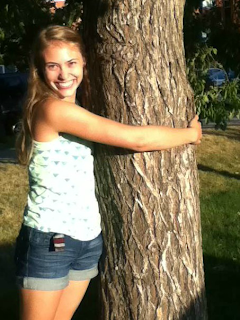nem·e·sis
/ˈneməsis/
noun
1.
the inescapable agent of someone's or
something's downfall.
a long-standing rival;
an archenemy.
retributive justice.
Roberto Calasso’s The Marriage of Cadmus and Harmony tells many stories about Zeus
and his conquests of women. On page 125 we find a twist in that story. Zeus’
eye is caught by an extraordinary woman, an immortal woman. What sort of
immortal she is isn’t clear, possibly she is a daughter of Kronos. All we know
is that she belongs to a group of women who embody necessity and “hail from a
distant past when the only powers that existed were abstract and faceless…” She
is Nemesis.
These women of necessity are said to be extraordinary,
otherworldly creatures. Nemesis had “a body that was both stable and very
beautiful…rich, thick hair, white clothes.” She is the expression of the
effects of causing offense. Her name would later “be translated as Vengeance…”
Calasso says that “Zeus found mortal women more
attractive.” Why this woman broke the mold, we don’t know, but it is clear that
“with Nemesis it was different.” Zeus begins to watch her, obsessed. Nemesis
ran and he followed her all over the earth, pursuing her relentlessly. “Never,
for a woman, had Zeus traveled so far…” Ending the chase, the god catches this
supernatural woman and unites himself with her out of what is said to be
“powerful necessity.” Nemesis, woman of necessity, is overtaken by necessity
and Zeus falls prey to the desire for a woman, powerful in herself, breaking from his inclination toward mortal women who are frozen by his power. He pursued her with more zeal than he had any other woman, crazed by passion.
Thus, the god’s
nemesis is Nemesis herself.
.JPG)
